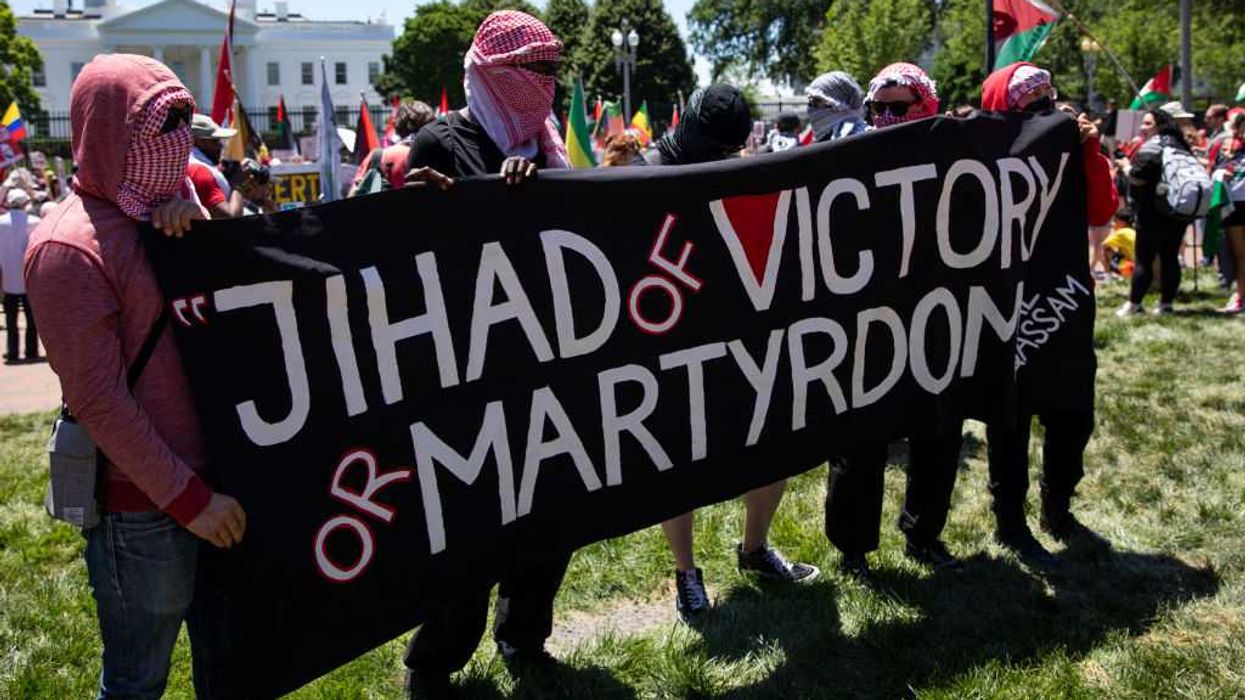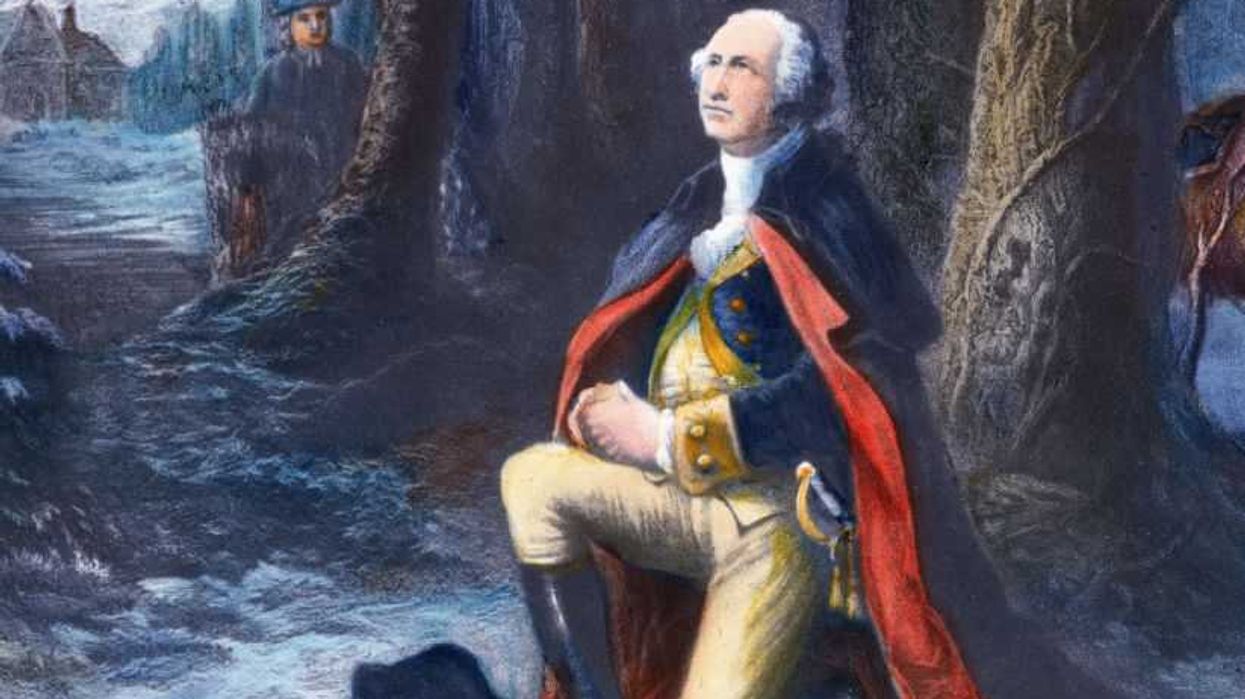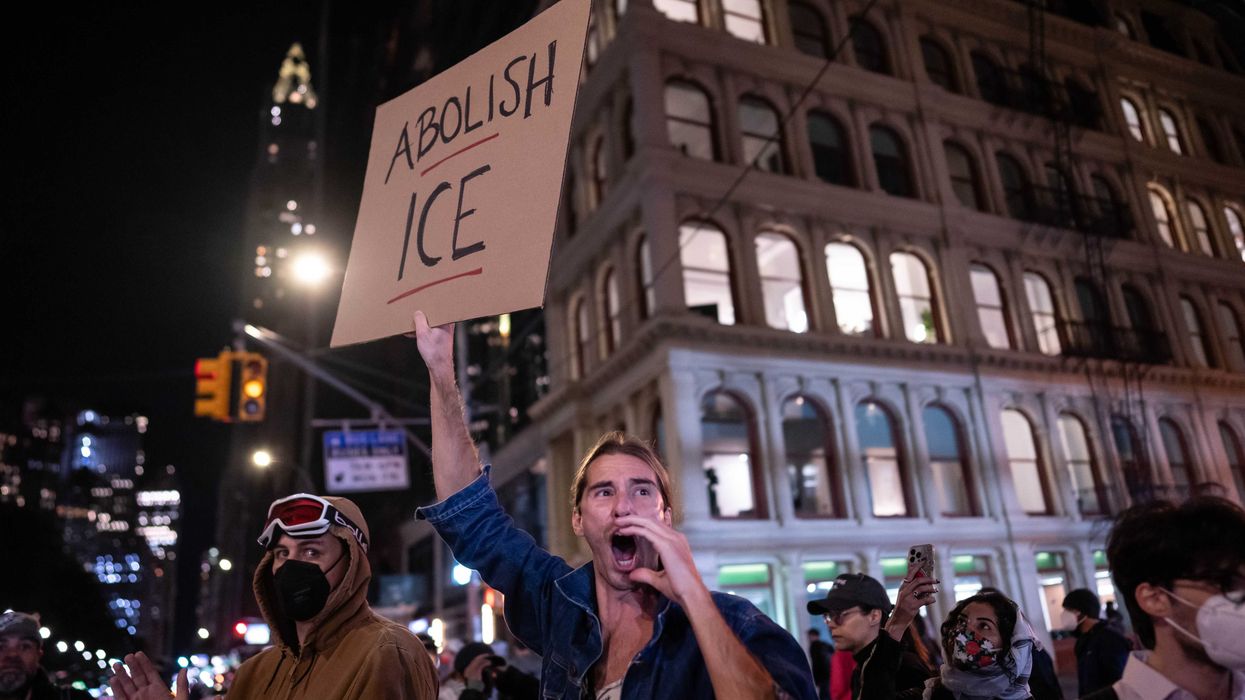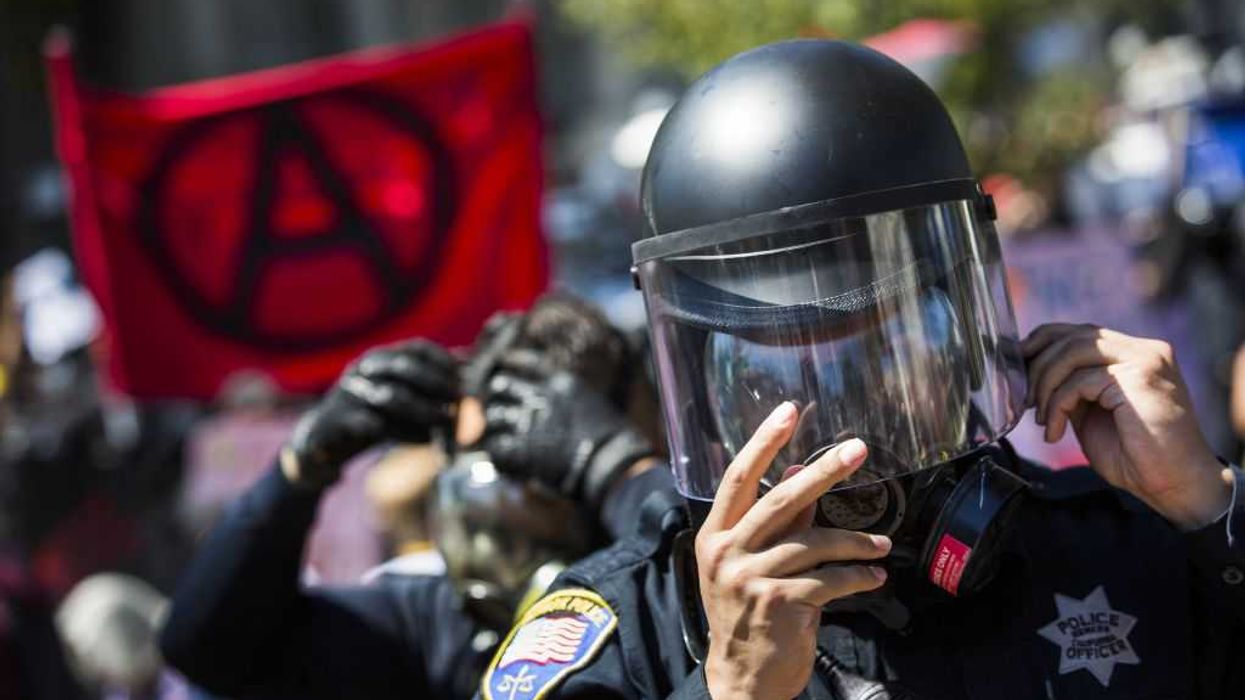Inflation can eat you and your families entire net worth alive. During the 1920 and 30s, Germany saw one of the largest increases in inflation the world has ever witnessed. People were literally using wheelbarrows to pay for basic items like loaves of bread and eggs.
More recently, we have witnessed unbelievable inflation rates in Zimbabwe were a cup of coffee goes for $100 trillion dollars.
While almost no one expects that type of scenario to play out here, believe me when I tell you neither the Germans nor the Zimbabweans could have imagined that it could have happened there either. What is clear is that the Westernized nations of the world have no other option but to attempt to reflate their economies.
In this special report, you’ll learn how bad it might get and what you might do to not only survive, but make this period one of the most fabulous wealth creators you have ever witnessed in your lifetime.
In the past 30 years, we have seen rises in prices that are astonishing. Yet, the rises in price haven’t come overnight. It’s been gradual. Think of the unassuming frog in a pot of water, boiling alive one degree at a time. So, too, has been our American experience and that of most Westernized nations across the globe. These nations with mature economies have resorted to the all-out debasement of their currencies as a means to create an environment of seeming prosperity. Yet the reality is that inflation is a stealth tax on all of us; whether it be a pound of tomatoes that is now $3.99 that 30 years ago sold for $.15. Or a dozen eggs that sells for $3 that sold for $.39. Inflation is something that we all see. In fact, we have become so accustomed to rising prices we take rational pricing for granted. There was a time when being a millionaire was a big deal. In the 1920s and 30s, you were a rich man if you had a million dollars. Some of you may know the television show “Who Wants to Be a Millionaire.”
Well, in the United States and thanks to Ben Bernanke, soon we will all be millionaires!
Over the last 100 years, there have been numerous examples of countries across the globe entering periods of hyperinflation. Hyperinflation is defined as inflation that exceeds 100% in three years. Here are some examples of countries whom saw their currency’s value obliterated by it’s government’s desperate attempt to remain in power and keep the populous deluded; Greece, Germany, Brazil, Argentina, China, Chile, Bulgaria, Bosnia and Herzegovina, Hungary, Israel, Japan, Nicaragua, Peru, the Philippines, Poland, Romania, Russia, Taiwan, Turkey, the Ukraine, Yugoslavia, and our personal favorite Zimbabwe, where a loaf of bread costs $13 million dollars and at one point had inflation of 231 million percent. Here are some of the conditions present prior to the emergence of a period of hyperinflation.
- The county was unable to sell bonds to finance its operations.
- The country’s population increasingly lost faith in the inherent “real value” of the nation’s currency.
- The country’s working population and government had larger “financing needs” –i.e. read social welfare- than the country’s ability to finance them. Therefore, in every case of the country’s final act of self-preservation of power, flipped the switch and printed money.
Evolution of prices in Germany
| cost of 1lb loaf of bread* | cost of 1lb of meat* | |
|---|---|---|
| 1921 | 1.35 | 2 |
| 1922 | 3.50 | 7 |
| January 1923 | 700 | 4,200 |
| May 1923 | 1200 | 12,500 |
| July 1923 | 100,000 | 833,333 |
| September 1923 | 2,000,000 | 20,000,000 |
| October 1923 | 670,000,000 | 1,300,000,000 |
| November 1923 | 3,000,000,000 | 5,850,000,000 |
*The prices above are approximate
So, what can we do to survive a period of hyperinflation?
One, make up your mind that you will survive. Make up your mind that you will not fight the predominant trend. You do your country nor your family no service by being broke. Since hyperinflation is basically a collapse in confidence of the value of a nation’s currency what we need to do is think of assets that might retain their value against a depreciating currency. These assets might be gold, silver, art, diamonds, antiques, religious artifacts and farmland. Now farmland may seem like an odd one, but imagine that most people live in cities. Those cities are entirely non-self supportive. These populations are only able to feed themselves because of their ability to offer dollars for food. If those dollars had no value, then they would be in a position of not being able to eat. So one’s ability to grow their own food is a pretty valuable asset, lest people start eating their neighbors.
Original Article: Source

 AASHISH KIPHAYET / Contributor | Getty Images
AASHISH KIPHAYET / Contributor | Getty Images
 Harold M. Lambert / Contributor | Getty Images
Harold M. Lambert / Contributor | Getty Images Adam Gray / Stringer | Getty Images
Adam Gray / Stringer | Getty Images Anadolu / Contributor | Getty Images
Anadolu / Contributor | Getty Images